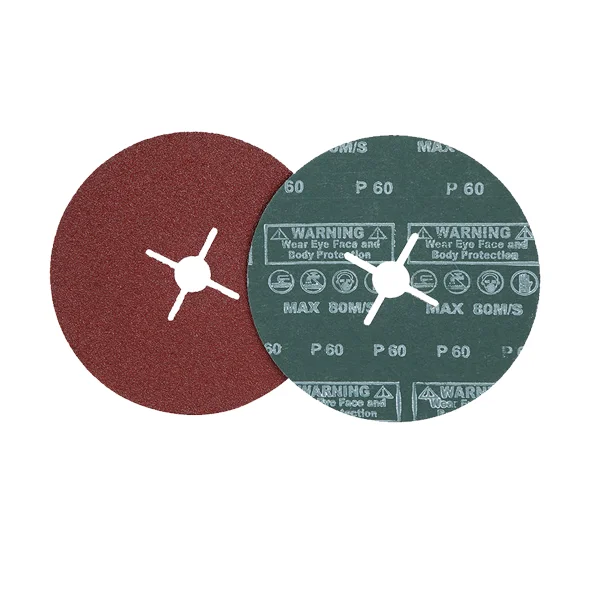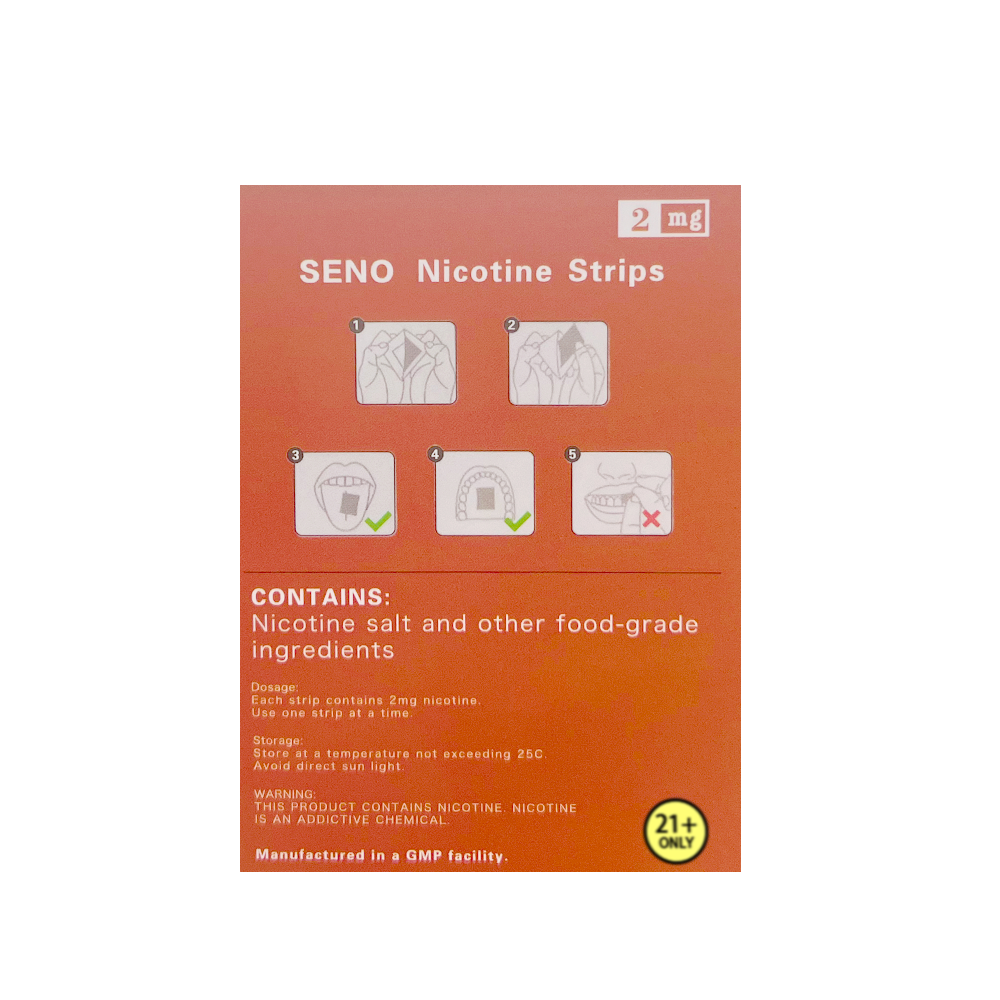Unveiling the Distinction: Consumer Products vs. Consumer Goods
3 min read
In the realm of commerce, the terms consumer products and consumer goods are often used interchangeably, leading to confusion among many. However, a closer examination reveals subtle yet significant differences between these two concepts. In this comprehensive blog post, we will delve into the intricacies of consumer products and consumer goods, unraveling their distinctions and shedding light on their respective roles in the market. By the end, you will have a clear understanding of these terms and their implications for businesses and consumers alike.
- Defining Consumer Products:
Consumer products encompass a broad category of items that are purchased and used by individuals for personal consumption. These products are typically tangible and can be classified into three main types: convenience products, shopping products, and specialty products.
1.1 Convenience Products:
Convenience products are everyday items that consumers buy frequently and with minimal effort. Examples include toiletries, snacks, and household supplies. They are characterized by their widespread availability, low price points, and the convenience they offer to consumers.
1.2 Shopping Products:
Shopping products are goods that consumers compare and evaluate before making a purchase decision. These items often require more research, consideration, and investment. Examples include electronics, furniture, and clothing. Shopping products are typically associated with higher price points and longer purchase cycles.
1.3 Specialty Products:
Specialty products are unique or exclusive items that cater to specific consumer preferences or needs. They are characterized by their limited availability and high price points. Examples include luxury goods, high-end vehicles, and rare collectibles. Specialty products often target niche markets and appeal to consumers seeking distinctiveness and exclusivity.
- Understanding Consumer Goods:
Consumer goods, on the other hand, refer to the tangible products that are produced and manufactured for direct consumption by individuals. These goods can be further categorized into two main types: durable goods and non-durable goods.
2.1 Durable Goods:
Durable goods are long-lasting products that are expected to provide utility over an extended period. Examples include appliances, automobiles, and furniture. Durable goods are typically more expensive and require careful consideration before purchase due to their longevity and higher investment.
2.2 Non-durable Goods:
Non-durable goods, also known as consumables, are products that are used up or depleted relatively quickly. These goods have a shorter lifespan and are typically consumed in a single or limited number of uses. Examples include food, beverages, and personal care products. Non-durable goods are frequently replenished by consumers and are essential for their day-to-day lives.
- The Key Distinctions:
While consumer products and consumer goods share similarities, their primary distinction lies in their focus and perspective.
Consumer products emphasize the marketing and sales aspect, categorizing products based on consumer behavior, purchase patterns, and market segmentation. They provide insights into how products are positioned, promoted, and distributed to meet consumer demands effectively.
Consumer goods, on the other hand, emphasize the production and manufacturing aspect, classifying products based on their physical attributes, durability, and consumption patterns. They provide insights into the production processes, supply chains, and product lifecycles required to meet consumer needs.
- Implications for Businesses and Consumers:
Understanding the difference between consumer products and consumer goods is crucial for both businesses and consumers.
For businesses, this knowledge enables effective product development, marketing strategies, and supply chain management. It helps them align their offerings with consumer preferences, optimize production processes, and create targeted marketing campaigns.
For consumers, this knowledge empowers informed decision-making, enabling them to evaluate products based on their specific needs, preferences, and budget. It also helps them navigate the market more efficiently, making well-informed choices that align with their lifestyle and values.
Conclusion:
In conclusion, while consumer products and consumer goods may seem synonymous at first glance, they possess distinct characteristics and serve different purposes in the marketplace. Consumer products focus on consumer behavior and segmentation, while consumer goods emphasize production and physical attributes. By understanding these differences, businesses can tailor their strategies, and consumers can make more informed choices. So, whether you're a business owner or a savvy shopper, grasping the disparity between consumer products and consumer goods is essential for success in today's dynamic market landscape.


